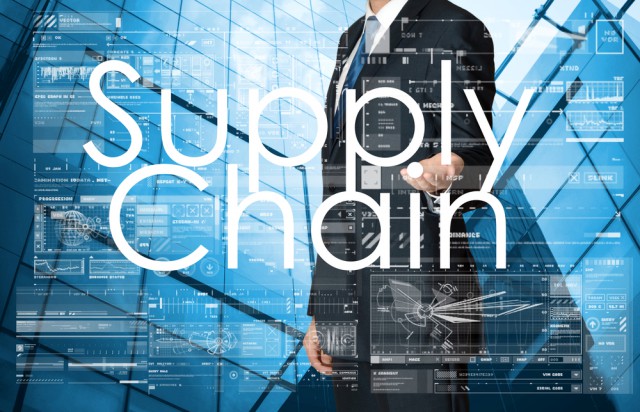Resiliency through visibility: Why supply chain disruption needs to be tackled by a holistic approach

A host of 'black swan' events have hit companies’ supply chains over the past two years, straining existing processes and structures. Beyond the obvious impact of COVID-19, the Suez Canal blockage, chip shortages, and Brexit -- now organizations are trying to mitigate disruptions from the war in Ukraine and rising inflation.
The end result: a stronger need than ever before to enhance levels of communication, collaboration and joint decision making across the supply chain, to reduce risk in the face of challenges still to come.
However, ensuring the continued supply of labor, materials, products and transportation has become extremely difficult for each strand of the supply network. Amid this complex and turbulent landscape many organizations have begun to realize that hunkering down and waiting for the storm to pass is not an option. In fact, recent research from Forrester found almost two-thirds (64 percent) of organizations have moved reducing supply chain disruption up the priority list in response to these high-profile events.
The report shows we’re entering a period of proactive investment into supply chain resiliency. And that resiliency must come from visibility.
Blind to the risks
But where should organizations start? The pressure to digitally transform processes is nothing new. And across a lot of industries, hasty transformation plans are often pushed through without an understanding of the implications for supply chain visibility, creating data silos and limiting the effectiveness of supplier collaboration.
Instead, businesses need to focus on supplier visibility, ensuring they can identify the issues that will impact their suppliers and put plans in place to mitigate risk exposure.
This is a crucial area for improvement: 30 percent of organizations confirmed that their organizations are suffering from an inability to assess risk across suppliers. More than one-quarter (26 percent) went on to assert that they lack adequate systems for defining and triggering responses to supply chain disruptions.
These responses highlight that lack of visibility is a real challenge for organizations. To overcome disruptions across the supply chain, there needs to be a tangible connection between those involved: mutual insight into the bottlenecks that each are experiencing, timely information about planned orders, and more realistic expectations that can be planned for as a result. If even one-quarter are revealing that they are unable to generate these real-time risk assessments from across the chain, then the ripple effects from that point are only going to get worse.
Not being able to garner insight into potential shortfalls from partners would be a dangerous game to play. To not have that real-time ability to prepare, adapt, or respond – especially given the crises of recent years – is a disaster waiting to happen.
Fortunately, more than half (56 percent) of organizations are now implementing automated risk monitoring solutions to proactively notify of potential crises. A promising 54 percent are also increasing inventory levels, while 48 percent are rationalizing their supplier base to better monitor and engage suppliers.
Working together against challenges still to come
It’s clear organizations are beginning to lay good foundations to increase their supplier visibility. One reason may be that more than two-thirds confirmed that they view suppliers as a source of differentiation.
The key now is to make sure that these risk alerts are fed down the chain. There needs to be consistent visibility, continuous communication, and a single source of truth being seen across each organization. And, again on this front, the initial steps being taken seem positive. More than half (51 percent) plan to collaborate more with suppliers in the future, and 75 percent already include suppliers in midterm planning.
Ongoing monitoring of these strategies is also a vital part of the equation following recent challenges. Organizations are beginning to realize that resiliency can’t be achieved through rigid protocols or agreements revisited at every contract renewal. With real-time visibility, there should also be constant re-evaluations of the partnership’s dynamics.
These steps to become more united as a problem-solving unit -- rather than as siloed links in a chain – will bolster supply chain resilience and support positive business outcomes. However, this requires processes and systems that can enable organizations to achieve efficient, effective with suppliers, and the rich visibility needed to assess risk across every aspect of their supply chain, including into the sub-tier.
This will hopefully be the final layer of protection needed to complement businesses’ recent mindset shift around supply chain resiliency and continuity. A united defense -- facilitated by robust digital solutions -- can ensure that businesses are much better equipped to navigate future storms.
Image Credit: Manczurov/Shutterstock
Alex Saric is Smart Procurement Expert, Ivalua.
